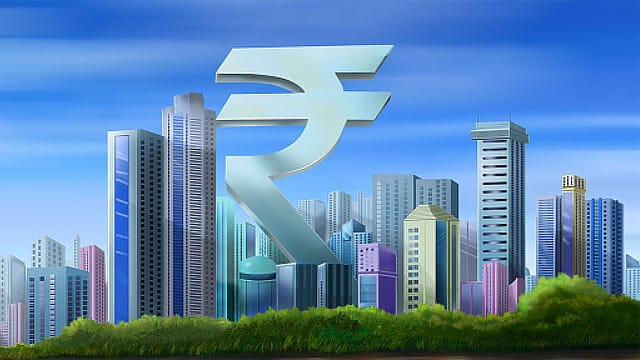India should grow at 7-10% for 20-30 years to escape middle-income trap: Niti Aayog
ADVERTISEMENT

India's growth rate must remain in the range of 7-10% for the next 20 to 30 years if the country aspires to make a switch from a middle-income to a high-income economy, reveals a recent paper released by the Niti Aayog. The paper added that only a few countries have managed to achieve this feat indicating the difficulty of achieving this target.
“India needs to avoid the Middle-Income trap and carefully work towards breaking out of it,” said NITI Aayog in its paper titled 'Vision for Viksit Bharat @ 2047: An Approach Paper’, released on the weekend. The middle-income trap is when a country's GDP per capita stagnates after reaching a middle-income level, preventing its transition to high-income status.
The paper stated that to become a developed country, the GDP must grow ninefold from today's $3.36 trillion to $30 trillion by 2047 with an eightfold rise in the per capita income from present's $2,484.8 to $18,000 per annum. The World Bank classifies countries among low, lower-middle, upper-middle and high-income groups with the GNI per capita needed for a high-income country to be more than $14,005.
December 2025
The annual Fortune 500 India list, the definitive compendium of corporate performance, is out. This year, the cumulative revenue of the Fortune 500 India companies has breached $2 trillion for the first time. Plus, find out which are the Best B-schools in India.
The paper sets the definition for a Viksit Bharat as an ‘India’ that will “have all the attributes of a developed country with a per capita income that is comparable to the high-income countries of the world today.” The country’s social, cultural, technological, and institutional features must mark it as a developed nation with a rich heritage and one that is capable of functioning at the frontiers of knowledge.
To become a high-income economy by the centenary of its independence, upgrading manufacturing and logistics capabilities, and bridging the rural-urban income divide are some of the key structural challenges that urgently need to be addressed, the paper highlighted. The competitiveness of the industry must improve, the document added, for shifting the workforce involved in agriculture to industries making India a global manufacturing and service hub.
In the Aayog's ninth Governing Council meeting where the document was discussed, the Prime Minister suggested that the country must set a target for Zero Poverty as a priority for realising this Viksit Bharat vision not merely at an individual but at a programme level.
Noting that the Viksit Bharat vision is a collective effort of the entire nation, the document emphasises the need to balance energy, security, access, affordability and sustainability.
